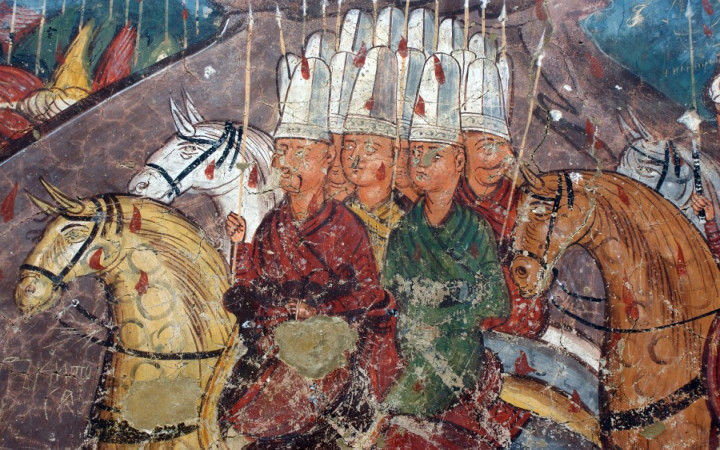Do you love art? We do! Not only do we love looking at all sorts of different kinds of art, from paintings and sculptures to architecture and photography, but we also love creating art! When our creative juices get flowing, there's nothing better than putting pencil or paintbrush to paper or canvas to create a new masterpiece.
The history of art is filled with creative works of genius from people of all walks of life. After all, art has been around a long, long time. How do we know this? Just look at any art museum! Most art museums are filled with all sorts of old paintings that are hundreds of years old.
In reality, though, the oldest paintings in the world aren't hanging on the walls of any art museum. Where are they? They're painted on the walls of ancient caves! That's right! Neanderthal man was the first great artist in human history.
For years and years, the consensus amongst art historians was that the earliest human artistic activity began in Western Europe. Researchers based this belief on cave paintings found in places such as the Chauvet Cave in France and the El Castillo Cave in Spain.
In these caves, researchers found primitive paintings of animals, such as lions, horses, and hyenas, as well as hand stencils. Experts estimated that some of these paintings could be as much as 40,000 years old. In fact, one painting — a red disk painted on the wall of the El Castillo Cave in Spain — was estimated to be 40,800 years old and regarded as the oldest painting ever.
Recently, however, historians have changed their views dramatically in light of new findings thousands of miles away in Indonesia. In the karst caves of Sulawesi, an island near Borneo, archeologists discovered cave paintings decades ago. These paintings hadn't been dated until recently, though. What scientists learned surprised and amazed them.
Not only was the subject matter of the paintings — hand stencils and animals, such as warty pigs and miniature buffalos — similar to the prehistoric cave paintings in France and Spain, but so were their ages. Scientific dating revealed that the Sulawesi cave paintings were as much as 40,000 years old, challenging the long-held view of Europe as the birthplace of art.
Scientists determined the ages of the cave paintings thanks to “cave popcorn." Archeologists noticed calcite deposits, known as coralloid speleothems or “cave popcorn," that had grown over some of the paintings. These deposits contain minute amounts of radioactive uranium.
Scientists know that radioactive uranium decays to thorium over time. They measured the ratio of radioactive uranium to thorium in the “cave popcorn" layers to determine a minimum age of the cave paintings underneath. Experts estimate the oldest of the Sulawesi paintings is at least 40,000 years old, but they note that this is a minimum age and the painting could be much older.
For art historians, the Sulawesi paintings reveal that early works of art were being created independently thousands of miles away at the same time. Not only do these findings challenge the longstanding view that Europe was the birthplace of art, but they also suggest that perhaps art's origins are even older than ever imagined. Some experts now believe that the similar cave paintings in Europe and Indonesia could point to art's originating in Africa as long as 100,000 years ago!




